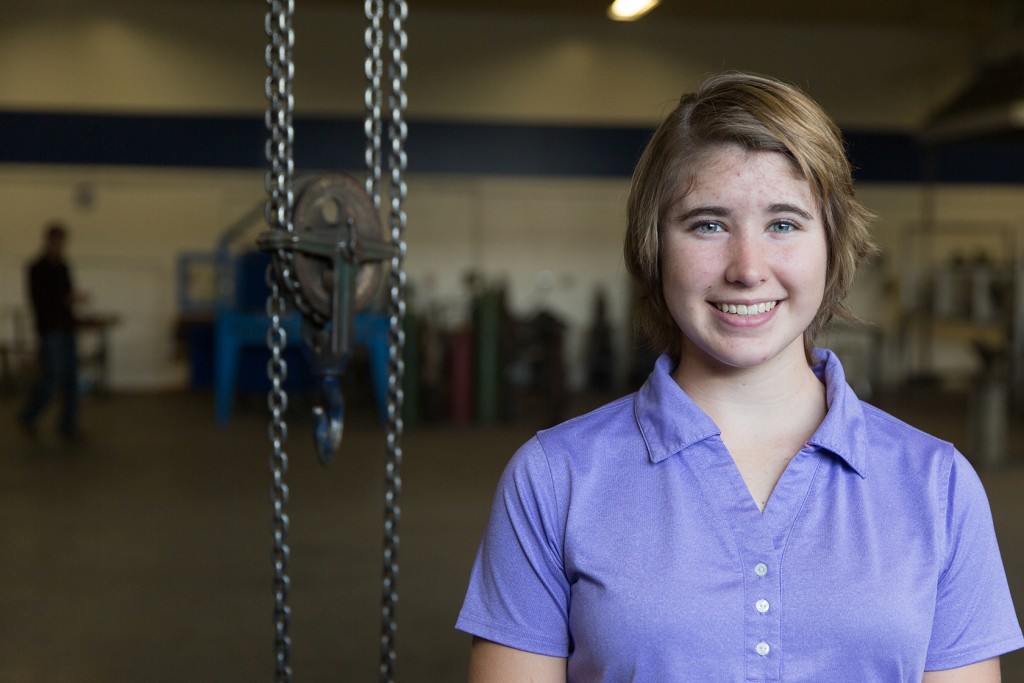Halle Robertson is an artist. Her bedroom is littered with sketchbooks, the walls painted with quotes and solar system scenes. It calms her to draw, for she can simply let her mind wander and watch what she creates.
Art class at Crane Union High School is her favorite place. Her teacher, Connie Robbins, has shown her how art can be applied to other fields, inspiring her to combine her first love with a professional dream: designing bionic limbs.
“It’s a really good feeling when I’m able to help,” Halle said, “so I want to experience really helping someone be able to do what they couldn’t do before.”
Halle understands what it’s like to be limited by your own body. She was born with spina bifida. That led to a tethered spinal cord, a condition in which the spinal cord can’t move freely because it is attached to tissue around the spine. The condition stunted her growth, affected her immune system and prevented her from doing many physical activities. At one point, she lost use of her legs and went through rehab to relearn how to walk. When she was 10 years old, doctors diagnosed what was wrong and corrected the problem with a 20-minute surgery.

During one of her hospital visits, Halle met a man missing an arm, who assured her that doctors would take good care of her. His positivity through obvious physical struggle spurred her to set a career goal: She wants to design medical technology that improves the lives of people with physical limitations.
“I want to create bionic limbs that would give people a chance to do what they could have done before or what they’ve never been able to do,” Halle says. “It would give them the opportunity to be more, to do more.”
Halle is a senior applying to colleges. She wants to attend Oregon State University or Boise State University. But art will always guide her, even through a study as technical as biomedical engineering.
“Art,” she says, will “allow me to put my ideas onto paper so people can see what I’m trying to create.”



